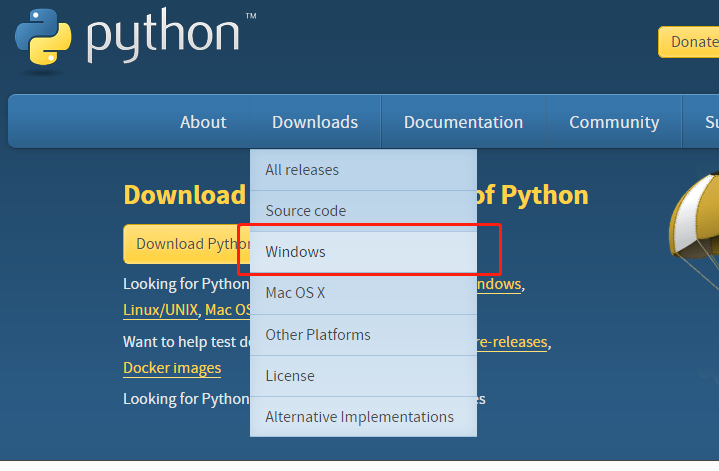

menu option, and then click the + button once again, to create a new configuration. So go back to the Run|Edit Configurations. This requires a second configuration to be added to the project. In addition to being able to run and debug your application, it is useful to have P圜harm run your unit tests. Running with the debugger is very useful, because you can set breakpoints to stop the program execution and inspect variables or run a part of your application step by step. If you now click the green "play" button your project should start, and if instead you click the green "bug" button the project will start under the debugger. The dropdown on the top-right of your main P圜harm window should now be set to the configuration you just added. You can now close the configuration window. The final change you need to make is to set the Working directory to point to the top-level directory of your project instead of to the location of the flask command. flaskenv file in your project and you have the python-dotenv package installed, then you are all set, the environment variable will be imported from there. The value of the variable will be the same value you use when you run your application from the command line. This variable needs to be defined in the Environment variables section. This combined with the previous option configure P圜harm to run the familiar flask run command.Īs I'm sure you also remember, the flask command requires a FLASK_APP environment variable to point to your Flask application. In the Parameters field you are going to enter run.
#Pycharm environment variables windows
On Windows look for a Scripts subdirectory, and inside it look for a flask.exe file to select. I should note that if you are doing this on Windows, your virtualenv is not going to have a "bin" subdirectory. If your virtualenv is in the same directory as your project this is much easier to do. If you store your virtual environments outside of your project, or if you use a virtual environment wrapper such as pipenv which has its own location for virtualenvs, you will need to find out where the virtualenv is located and browse to that directory and then down into bin to find the flask command. button to the right to browse and select this script. Under Script path you need to select the flask tool, which is located in the bin directory of your virtual environment. I like to check the Single Instance Only option, because for a web application it isn't very useful to run multiple instances. For the Name field, enter a description of this configuration, such as "webapp". To create a new configuration, click the + sign, and then select Python.

If this option appears disabled, you just need to wait a little bit and let P圜harm complete its initial background parsing of the project. To create or edit configurations you have to select Run|Edit Configurations. P圜harm works with the concept of "configurations", which are sets of parameters that define a run or debug task. One of the first things you'll probably want to do is run your project. The left sidebar will now show you a tree structure with all the files in your project.

P圜harm will create a new project and open it. All you need to do to create your Flask project is to start P圜harm, select Open, and then choose the top-level directory of your application.


 0 kommentar(er)
0 kommentar(er)
